Stora Enso’s pilot plant for producing lignin-based carbon materials for batteries now operational
Green Car Congress
JULY 26, 2021
Stora Enso’s pilot facility for producing bio-based carbon materials from lignin has started operations. Pilot production of Lignode by Stora Enso, wood-based carbon for batteries, is currently being ramped up. Applications include electric vehicles and consumer electronics as well as large-scale energy storage systems.

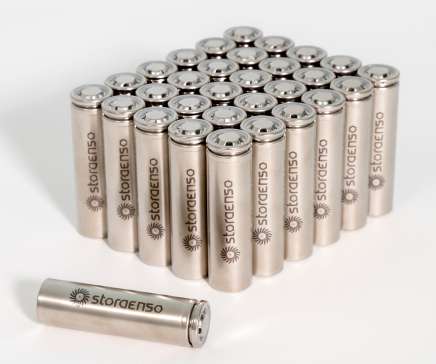











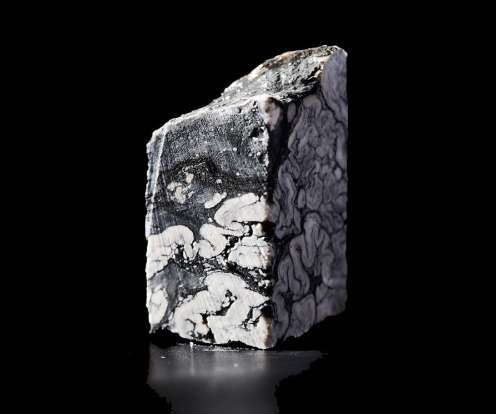





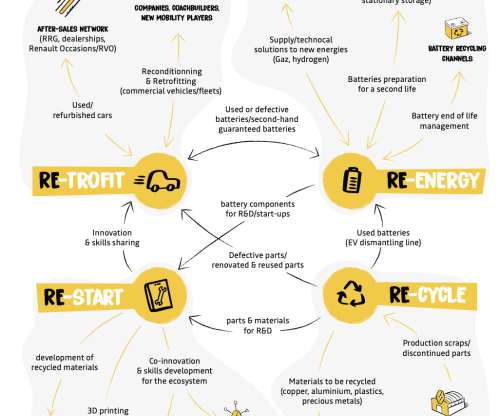
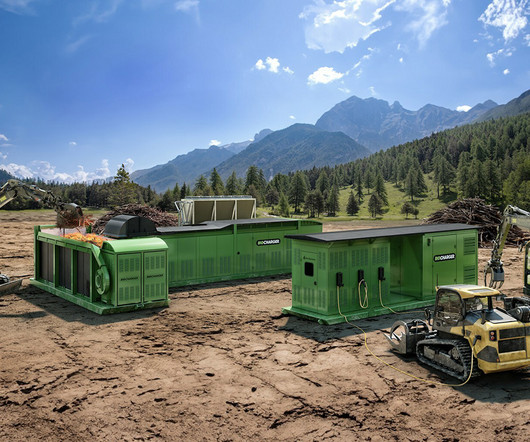











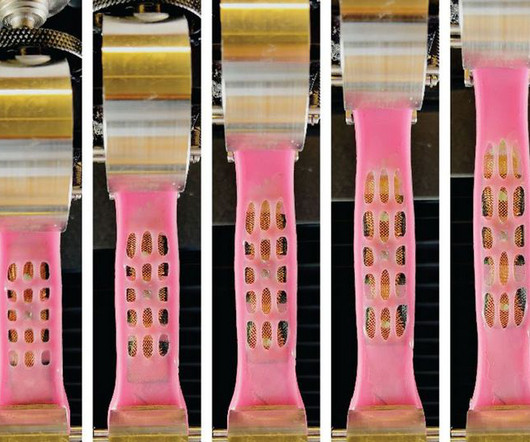









Let's personalize your content